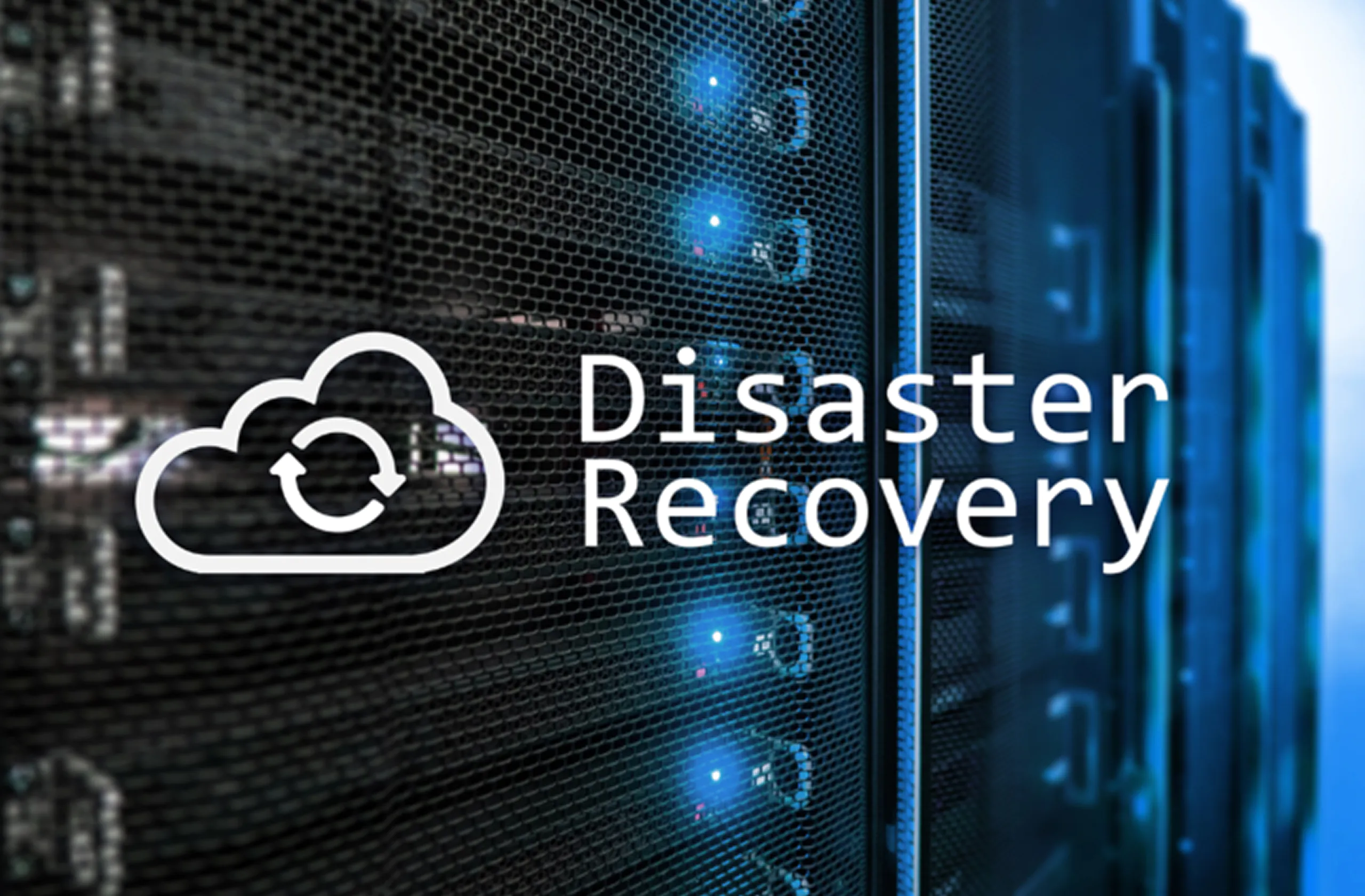Disaster recovery and data recovery are essential pillars of business resilience for organizations in the UAE. Whether facing natural disasters, cyberattacks, or system failures, having a robust plan ensures your business can quickly restore operations, protect critical data, and comply with regulatory requirements.
Disaster recovery (DR) is a set of strategies and processes designed to restore IT systems, applications, and data after a disruptive event, such as floods, cyberattacks, or hardware failures. A disaster recovery plan (DRP) ensures minimal downtime and rapid restoration of critical business functions, helping organizations maintain business continuity and meet stakeholder expectations

Data recovery focuses on retrieving lost, corrupted, or inaccessible data from storage devices following accidental deletion, hardware failure, or cyber incidents. While disaster recovery is broader, data recovery is a crucial component, ensuring that vital business information can be restored quickly and accurately
Component | Description |
Risk Assessment | Identify potential threats (natural, cyber, technical) and vulnerabilities |
Business Impact Analysis | Evaluate the effects of disruptions on operations and finances |
Recovery Objectives | Define Recovery Time Objective (RTO) and Recovery Point Objective (RPO) |
Backup Strategies | Regular, automated backups (on-premises and cloud) for critical data |
Communication Plan | Procedures for informing staff, customers, and stakeholders during a crisis |
Testing & Validation | Regular drills and plan reviews to ensure effectiveness and staff readiness |
Compliance & Documentation | Maintain up-to-date records and align with UAE regulations |

Feature | Disaster Recovery | Data Recovery |
Scope | Entire IT systems, applications, data | Specific files or data sets |
Trigger Events | Major disasters (natural, cyber, etc.) | Accidental deletion, hardware failure |
Objective | Restore business operations | Retrieve lost or corrupted data |
Regulatory Focus | High (business continuity laws) | Moderate (data protection laws) |
Testing Required | Yes (regular drills) | Yes (data restoration tests) |

Disaster recovery is a comprehensive plan to restore IT systems and operations after a major disruption, while data recovery specifically refers to restoring lost or corrupted data from storage devices
At least annually, or whenever there are significant changes to business operations or IT infrastructure
Yes, businesses must comply with NCEMA, ISO 22301, and sector-specific regulations, including regular testing and documentation of DR plans